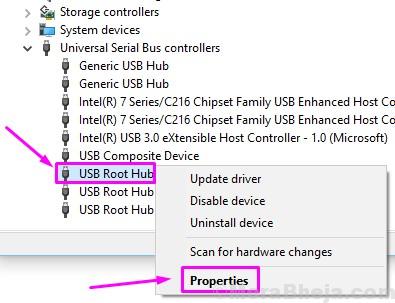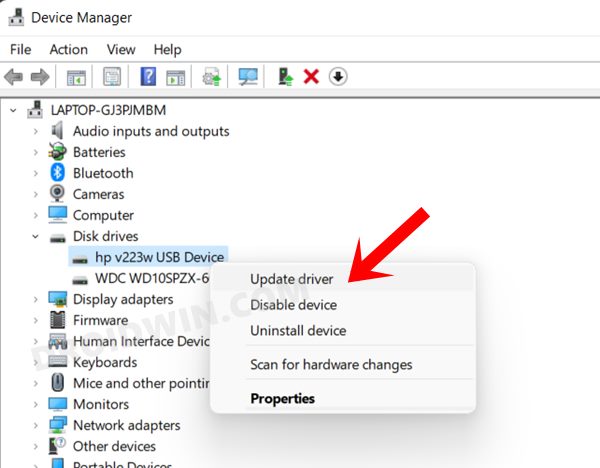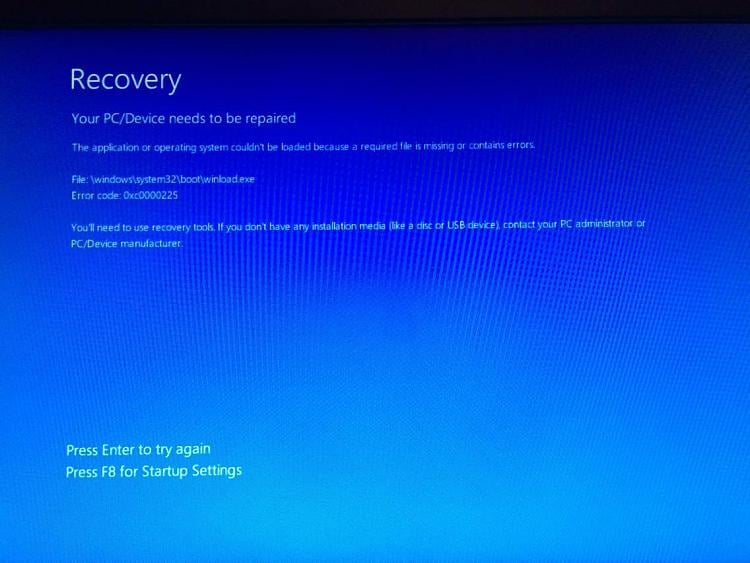

It is worth noting that manually updating your drivers can be time-consuming and risky. There are two ways you can do this-going to the manufacturer’s website or automating the update process, using Auslogics Driver Updater. You can update them to give your unit a fresh set of drivers.

It is possible that the device drivers in your computer are corrupted, damaged, or outdated.
Go to the right pane, then click Check for Updates. Go to the left-pane menu and select Windows Update.  Right-click the Windows icon on your taskbar. Using Windows Update to fix the device drivers The tool will start to identify issues with your hardware and devices, attempting to repair them. Click Next, then follow the on-screen instructions. Go to the left-pane menu, then click View All. Once Control Panel is up, go to the top-right corner of the window and click the View By option. Type “control panel” (no quotes), then hit Enter. Running the Hardware and Devices troubleshooter You can run the troubleshooter for hardware and devices, or you can update your drivers to resolve the problem. If you see this notification while trying to use a USB-C connection type, there must be something wrong with the device or the drivers on your computer. What to do when you see the ‘You might be able to fix your USB device’ error notification Whether you need to fix USB-C compatibility or update your drivers, there’s always something you can do to resolve the issue. The USB or Thunderbolt device functionality might be limitedĮvery notification has its solution. The USB device might not be working properly. You might be able to fix your USB device. We all know the command prompt is a wizard’s toolbox, and if you know what you’re doing, the possibilities are almost endless.Some of the notifications you might encounter when the USB-C connection is not working include the following: This is the first thing you should try, as it’s the quickest and least invasive.Ĭommand Prompt: This can be useful for a wide array of tricks and tactics, most especially running the SFC /Scannow command to scan and fix corrupted system files. Startup Repair: This is sort of a “black box” in that it tries to fix whatever issue is preventing the system from booting, but it doesn’t tell you what it’s doing or, if successful, what the problem was. You can restore the image of your PC at the time you created the image, which includes all your data and installed programs at that time.
Right-click the Windows icon on your taskbar. Using Windows Update to fix the device drivers The tool will start to identify issues with your hardware and devices, attempting to repair them. Click Next, then follow the on-screen instructions. Go to the left-pane menu, then click View All. Once Control Panel is up, go to the top-right corner of the window and click the View By option. Type “control panel” (no quotes), then hit Enter. Running the Hardware and Devices troubleshooter You can run the troubleshooter for hardware and devices, or you can update your drivers to resolve the problem. If you see this notification while trying to use a USB-C connection type, there must be something wrong with the device or the drivers on your computer. What to do when you see the ‘You might be able to fix your USB device’ error notification Whether you need to fix USB-C compatibility or update your drivers, there’s always something you can do to resolve the issue. The USB or Thunderbolt device functionality might be limitedĮvery notification has its solution. The USB device might not be working properly. You might be able to fix your USB device. We all know the command prompt is a wizard’s toolbox, and if you know what you’re doing, the possibilities are almost endless.Some of the notifications you might encounter when the USB-C connection is not working include the following: This is the first thing you should try, as it’s the quickest and least invasive.Ĭommand Prompt: This can be useful for a wide array of tricks and tactics, most especially running the SFC /Scannow command to scan and fix corrupted system files. Startup Repair: This is sort of a “black box” in that it tries to fix whatever issue is preventing the system from booting, but it doesn’t tell you what it’s doing or, if successful, what the problem was. You can restore the image of your PC at the time you created the image, which includes all your data and installed programs at that time. 
System Image Recovery: If you’ve used the image backup tool in Windows 10, this would be where it would come in handy. This does not affect your data, but it does affect installed programs as it replaces the registry with an earlier version. System Restore: Use this to revert your PC to a happier time, when things were working normally.








 0 kommentar(er)
0 kommentar(er)
